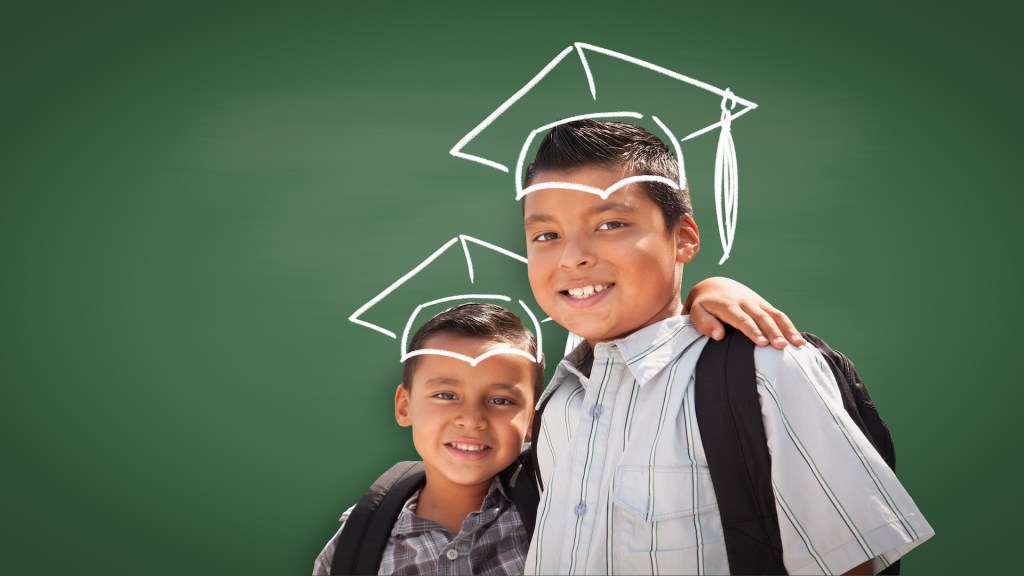The framework for learning starts before a student ever sits down at a desk. Stability in the family, a safe home and nutritious meals are the building blocks for learning. In Irving, Texas children battle the odds and graduate without all of the blocks. Irving Schools Foundation is helping them to succeed. Speaking for children who can’t speak up for themselves Crystal Scanio, the president and CEO of Irving Schools Foundation, has wanted to be a child advocate since she was a kid. Scanio grew up in Indonesia as an expat. She recalls neighborhoods of children who did not attend school because they could not afford uniforms. “I vividly remember driving through the village in our nice comfy school bus on our way to learn,” she reflects. “We’d see all the children sitting outside of their modest houses looking at us with such envy in their eyes.” “Even as a small child, I knew that this was not fair and education should be something that everyone has access to if they have the desire to learn,” she says. She later witnessed a woman holding her baby whose arms and legs were severely mangled. “My teacher told me that the mother did that to the baby because she knew that she could garner more money for her children from people driving by if she was standing on the side of the road with a baby that had broken limbs.” Scanio’s heart sank. “From that moment I knew that I wanted to serve in a capacity where I could be an advocate for children that couldn’t speak up for themselves.” After graduating college, Scanio intended to move to a developing nation and help children there. As she learned that American children also faced dire situations, she’d opted to stay Stateside. A circuitous path led her to Irving Schools Foundation where she has advocated for children since 2012. Bridging the gap In most school districts, there is a broad gap between what the District provide from tax dollars and what schools need. Many Districts have formed foundations to bridge that gap. The Irving Schools Foundation is one of the oldest in the US. It was established in 1985 when the demographics were quite different: back then, only 12% of students required free or reduced lunch. Today, it’s 100% of students. Serving a low-income, high-risk population comes with its fair share of challenges, but there are also uplifting surprises. “If you were to simply look at the demographics of our children or hear some of the stories that they share about their home lives– abuse, sex trafficking, drugs–one would assume that these kids would not excel at school,” observes Scanio. “However, our test scores are above state averages and our graduation rates are over 95%. It’s due to the fact that these children know that education is the key for them to get out of their situation,” she says. When Irving Schools Foundation began, its goal was to support teachers with additional training and supplies. The mission has grew to include college scholarships, but some kids never claimed them. They needed to stay home and care for younger siblings, or work to support their families. The program expanded again to include food security, housing, social and emotional health programs. “The results have been incredible to watch,” says Scanio. “Our students have flourished and our claim rate on our scholarships is now over 90%!” Adapting to changing needs during the pandemic The pandemic has had a major impact on the students of Irving District. Many of them come from homes with an average income less than $25,000 per year. Many students already had jobs to help support their families, but during the pandemic others began searching for work. Still, students faced with food insecurity and homelessness on a regular basis. Many kids relied on the District for food during the week. When schools closed,...

